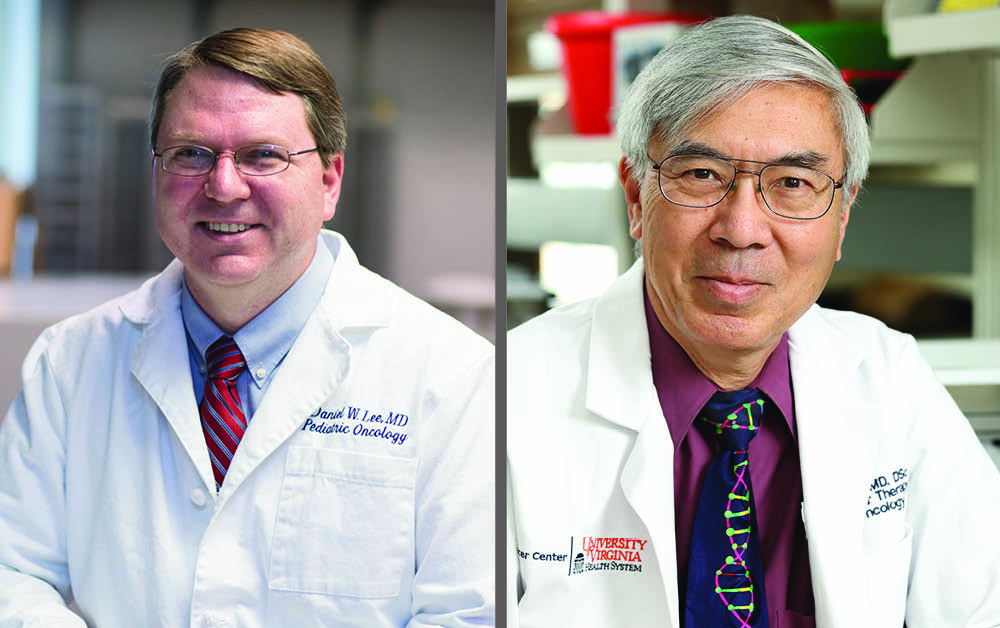Creating a Destination of Hope
Patients coming to UVA Cancer Center today find a growing number of options for care. Thanks to a surge of new hires, UVA Cancer Center is quickly becoming a destination of hope for all patients, no matter the type or stage of cancer they have.
One recent recruit, Karen Ballen, MD, oversees UVA’s adult bone marrow transplant program, offering advanced care for patients with leukemia or other blood cancers.
“We are one of two programs in Virginia that offers the full complement of transplants—autologous, when cells are donated from the patient, as well as allogeneic, using cells from a matched or partially matched related donor, a volunteer unrelated donor, or an umbilical cord blood unit,” says Ballen. “In addition, UVA Cancer Center has received the highest level of accreditation for cell transplant, reflecting our excellent quality of care and patient outcomes.”
Under Ballen’s guidance, UVA Cancer Center has also structured its program to better meet the needs of its patients, many of whom travel great distances for treatment. UVA offers overnight facilities for certain procedures, and is moving as much care as possible into local communities through population health and telehealth initiatives. As a research priority, Ballen focuses on expanding transplant options for minorities, for whom matches may be harder to find.
While Ballen focuses on the adult bone marrow transplant program, Daniel “Trey” Lee, MD, heads up UVA’s transplant program for pediatric patients, which he hopes to launch this fall.

“We believe that Virginians of any age who need a bone marrow transplant should not have to leave the state,” says Lee.
Lee’s arrival at UVA also means that pediatric patients will have access to a promising form of immunotherapy that has shown to be particularly effective for childhood cancers. Immunotherapy uses a patient’s own immune cells, called T cells, to fight cancer. Lee genetically engineers T cells to make a new protein called CAR (chimeric antigen receptor). Immediately after a patient is infused, the CAR T cells begin to kill cancer cells. Lee was among the second group of researchers worldwide to infuse children with relapsed leukemia with CAR T cells, and the results are encouraging.
“Almost five years after starting the trial, our leukemia-free survival rate is 60 percent, which is significantly higher than the 10 to 20 percent seen in similar patients given conventional therapies,” he says.
UVA is the only place in the Commonwealth where this therapy is offered. Lee is also developing new CAR T cell therapies for deadly forms of brain cancer that affect children.
A fellow recruit, Lawrence Lum, MD, pioneered immunotherapy that uses two antibodies that bind to both T cells and tumor cells to form a killing bridge between the two. This method shows special promise in treating solid tumors, and it can be done simply in an outpatient setting. In one of Lum’s trials, patients with incurable metastatic breast cancer who received infusions of activated T cells had an overall survival rate nearly twice as long as patients who received conventional treatment. In a second trial, patients with incurable pancreatic cancer had an overall survival rate three times as long as patients who received conventional therapy.
“The best cancer institutions in the country combine excellent clinical care, clinical research, and basic science research, and invest in all the support infrastructure needed to run these programs well and treat very complicated patients,” concludes Lee. “In my view, UVA is part of that group.”

